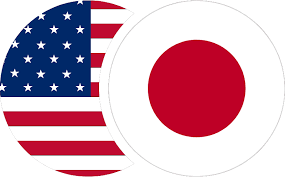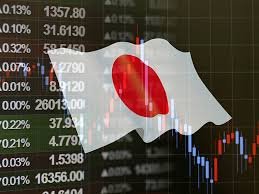USD/JPY dropped to its lowest level since September 12th, hitting 146.67 yen, before rebounding to around 147.90 yen. However, it has since slipped back to the lower end of the 147 yen range, reaching 146.85 yen. The market remains cautious about further downside potential.
The expectation of an early rate cut in the United States is spreading, acting as a weight on the dollar. In the Tokyo morning session, the yield on the 10-year U.S. Treasury fell to the 4.245% range, slightly below the 4.25% level observed in the previous day’s market. However, it later rebounded to the 4.28% range, indicating some firmness in U.S. bond yields. Still, the dollar-buying sentiment is not strong, and the overall sentiment appears weak.
Whether USD/JPY will break below yesterday’s low is crucial. If it falls below 146.50 yen, it could pave the way for a move towards 145 yen. On the upside, 147.50 yen is a key short-term level to watch, as surpassing this level could target the untested 148 yen level.
The focus is on the U.S. PCE Deflator data scheduled. Expectations are that it may not show as much growth as previously anticipated, given the weaker-than-expected U.S. CPI data released on the 14th. If the PCE data doesn’t show a significant slowdown, it could lead to dollar buying. Conversely, if it turns out weaker than expected, USD/JPY could strengthen its move towards 146 yen.
EUR/USD is in a relatively stable range, hovering around 1.10. While selling interest is expected to emerge around this level, there is also buying interest on dips. EUR/JPY, on the other hand, faces some resistance on the upside. The direction of the euro is likely to depend on the movement of USD/JPY.
Continuing with a bearish bias on the USD, it’s worth keeping a close eye on the market after the U.S. PCE Deflator data release, as it could lead to significant USD movement.


